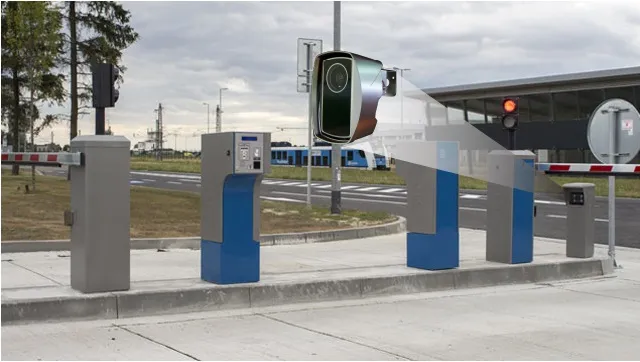
The Eberle Design (EDI) webinar on 17 January at 1500-1545 GMT aims to demonstrate how EDI and
Carl Zabel, EDI and RAE Access control products sales manager, will present an overview of solutions such as: Deflectometer series loop detectors; anti-tailgating inductive loop vehicle detectors, directional logic inductive loop vehicle detectors; and automatic vehicle identification (AVI) and ingress/egress systems. Participants will also learn more about the new PLA saw cut prefabricated loops for access control applications.









